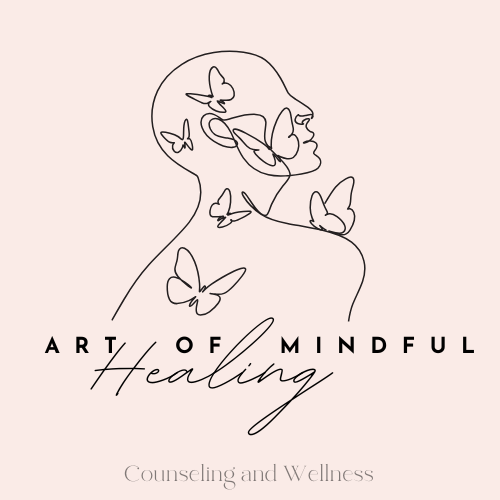Lifespan Integration
What Is Lifespan Integration Therapy—and Why Does It Work for Trauma?
If you’ve ever felt like part of you is still stuck in the past—even though you know your trauma is behind you—you’re not alone.
Many people who’ve experienced trauma say things like:
“I know it’s over, but it still feels like it’s happening now.”
“Certain things just set me off and I don’t know why.”
“It’s like I’m living two lives—one in the present, and one that never got to move on.”
These are signs that your body and brain might still be holding onto unprocessed experiences. Lifespan Integration (LI) therapy is a gentle, powerful way to help your system finally register: It’s over. You made it through. You’re safe now.
What Is Lifespan Integration?
Lifespan Integration (LI) is a body-based, right-brain therapy developed to help people heal from trauma, especially when traditional talk therapy hasn’t quite reached the deeper layers of pain.
Instead of focusing on re-telling or re-analyzing your trauma, LI works by helping your brain and nervous system connect the dots across time. Using a technique called a memory timeline, your therapist guides you through images or memories from each year of your life—gently, repeatedly, and without re-traumatizing you.
This repetition, done in the presence of a calm and attuned therapist, helps your brain reorganize, update, and integrate past experiences—so that your whole system finally understands: that was then, and this is now.
Why Does Trauma Get “Stuck”?
When painful things happen—especially in childhood or without emotional support—your brain might not fully process them. Instead, those experiences get stored in a nonverbal, body-based way called implicit memory.
This can lead to:
Getting emotionally triggered without knowing why
Feeling like you’re “back there” in the past
Chronic anxiety, shutdown, or shame
Feeling fragmented or disconnected from yourself
These reactions aren’t “all in your head.” They’re your nervous system trying to protect you from danger it still senses—because it never got the message that you’re safe now.
How Lifespan Integration Helps
Lifespan Integration helps your body and brain catch up to the truth that time has passed. Here’s how it works:
The Timeline: You and your therapist create a chronological list of memory cues from your life—just one per year.
Repetition: During sessions, your therapist reads your timeline to you while you visualize or sense those memories.
Healing: Over time, your system builds a clearer map of your life, linking disconnected parts and creating emotional continuity.
You don’t have to explain everything or relive the trauma. Instead, the process works subtly but deeply, helping the nervous system rewire itself in a safe, contained way.
What It Feels Like
Clients often describe the effects of Lifespan Integration like this:
“I feel calmer and less reactive.”
“I finally believe it’s over.”
“I’m more connected to myself.”
“I don’t lose myself in relationships anymore.”
“The part of me that was stuck… isn’t anymore.”
It’s not always dramatic, and it doesn’t feel like a breakthrough every session—but over time, clients report feeling more solid, more at peace, and more like themselves.
The Neuroscience Behind It
Lifespan Integration is backed by what we know about the brain:
🧠 Neuroplasticity: The brain can rewire itself throughout life, especially during emotionally engaged experiences.
🧠 Memory and emotion are linked: LI helps your brain re-process memories by matching them with current-day safety.
🧠 Implicit trauma responses can change: By integrating past experiences across time, you’re less likely to be hijacked by old emotional or bodily reactions.
A New Way to Heal
You don’t have to stay stuck. You don’t have to relive everything to heal. You don’t have to figure it all out with your thinking mind.
Lifespan Integration works with your whole system—mind, body, and memory—to gently guide you toward integration, stability, and peace.
Ready to Learn More?
If this sounds like the kind of healing you're ready for, reach out. I’d love to talk with you more about how Lifespan Integration can support your healing journey.

